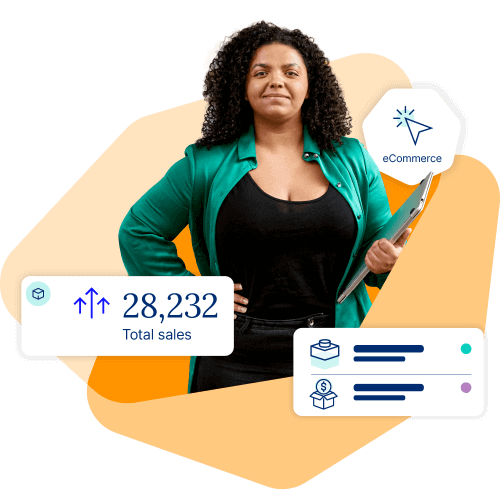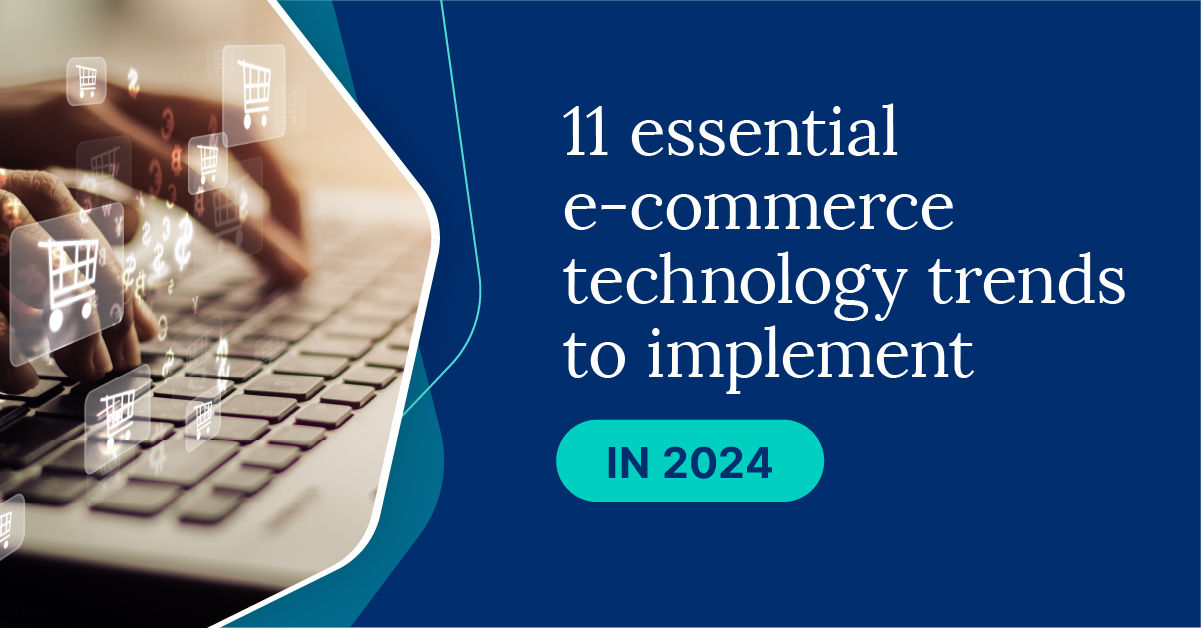
In a way, customers are like golden geese: The fact that they buy your goods is the reason you have a business and are making profits, but they’re likely to fly away if you don’t give them a good shopping experience.
For a customer, this good buying experience comes down to finding the products they want easily, getting them for a good price, and, for online sales, getting them delivered quickly. That last part is the final stage of the whole order fulfillment process, the behind-the-scene activity that takes place between an online order being placed and the products being sent out. To get products to the customer as quickly as possible, order fulfillment has to be working at its best.
The order fulfillment process starts in the warehouse when goods are received from vendors, moves on to these items being sorted and stored, and goes through to them being picked for an order, packed, labeled, and sent out.
While this all seems simple enough, the vast number of items stored and the enormous number of orders to be filled, often coming in from several different sites, create challenges. There are five main challenges to overcome.
If you don’t have a product a customer has ordered in stock, you may have to refund the customer’s money, and you could end up looking unreliable. In other words, you’ll lose the sale, the customer, and your reputation.
An inventory management system (IMS) is the best way to take care of these issues. A software that does all the hard work for you, an IMS gives you minute-by-minute information on your inventory, letting you know where every item is at any point of the fulfillment process and the number of items there are in the system. Plus, it does all this in real time.
To make things even easier, barcode scanners that record every item in your inventory are available. This significantly reduces the chances of stockouts and overstocking.
Sometimes, despite all the precautions you take, things happen and you run out of items that have been ordered. Maybe your supplier had a problem, or the goods are tied up in an overseas shipment. For cases like these, there’s backordering. It means you sell products even when they aren’t in stock and fulfill them as soon as you have them again. Cin7 handles this by sending timely alerts, so that you can create a backorder and avoid letting your customers down.
Perhaps you have heard the expression: “Don’t put all your eggs in one basket.” In general, the expression means to diversify. That way if something happens to one “basket” to destroy whatever is in it, you still have something — eggs, money, inventory — in another basket. Applied to ecommerce, it makes good business sense to sell your items on more than one marketplace and use other online possibilities like social media, so you open your business up to more customers, get more sales, and become a recognizable name.
However, while it’s easy to set these channels up, keeping all the orders that come through them in their separate silos, monitoring them, and turning them around quickly is a challenge. An ecommerce order management system, like Cin7, is essential in this situation. The beauty of this software is that it puts all the channels you sell through onto a single platform. That’s how you’ll never overlook a sale, or deliver one through the wrong site. To simplify the process even more, this automated system lets you process items in bulk. Order management software cuts back several administrative tasks, streamlining your fulfillment as it saves you time and money.
Knowing exactly where everything in a warehouse is stored and being able to map the best route to collect items for orders in the fastest way is important. Your employees shouldn’t have to search through every bin in every aisle to find each item. Thus, even before items arrive in the warehouse, decisions about where to place them have to be worked out, and those decisions have to be recorded so everyone is aware of them.
With this organization in place, items for orders can easily be found. They’re pulled from their storage spots by “pickers,” who work from “picklists,” which are lists of items for orders organized so that actual collecting takes the shortest route around the warehouse.
Creating picklists by hand can result in problems. It’s easy to leave an item off or get an item wrong, and if the warehouse is large and stores a lot of things, working out the best picking route to take is almost impossible. The easy answer to these pain points is to have a modern warehouse management system (WMS) installed. These automated systems generate flawless picklists, tell the picker exactly where each item is located, and list them in the quickest picking order. With Cin7, you can also create picklists from multiple orders in bulk.
As a complement to everything, and as a final way to make sure all the correct items have been collected, barcode scanners can do a final verification after the picking has been done.
It’s your responsibility as a seller to make sure your buyers get exactly what they order, in good order, in good time. Your customers are trusting that you’ll deliver your goods as promised.
But however hard you try, and no matter how good an automated system you put in place to ensure accuracy, things can go wrong. An item may end up not being what the customer imagined, or they may have just made a mistake in selecting it. For cases like this, part of the trust you build with your buyers is giving them an easy way to return items and get their money back.
The best way to do this is with returns management. Cin7 software can process returns quickly and easily. It lets you approve the return, keeps customers in the loop by sharing status updates via phone and email, and arranges refund payments. For the returned items, you can decide which warehouse they should go back to, and log them back in the system if they’re in a good enough condition to be sold again.
In a world where giants like Amazon offer one-day shipping, the bar for delivery time has been raised for everyone. To keep up, you may want to contract with fulfillment services providers that offer an expedited service at affordable costs.
Cin7 offers third-party logistics that you should find helpful. Nearly 200 3PLs are integrated into the software, and more 3PLs are added monthly. This enables you to leverage local 3PL services to prevent slow delivery and guarantee that your clients always receive what they purchased.
To speed up the time between an order being placed online and the goods arriving at the customer’s address, getting the items sorted and packed needs to be as quick as possible. If you promise a three-day delivery and your warehouse operations take two days to prepare an order, for instance, your window to physically transport it will only be one day. With automated order routing, online orders can now go straight to your 3PL warehouses, ensuring that orders are shipped from the nearest location.
Cin7 can help you overcome or prevent altogether most of the order fulfillment pain points we’ve discussed in this blog. As a tool, it will give you the kind of accurate, real-time check on your inventory that will make sure you never run out of an item again or end up with too many of something you can’t sell. Cin7 can automate your purchase orders as well.
Our software can also present information from several sales platforms on a single dashboard. No matter how many online marketplaces or sites you advertise your products on, you’ll be able to take care of every sale from this one place. This centralized system also means that any changes you have to make on all these sales platforms, like updating product listings or prices, can also be taken care of from this single area.
When it comes to managing warehouses, Cin7 is there for you as well. On top of monitoring stock and making sure there’s enough of it on hand at all times, it will produce picklists and register barcode scanning to double check that the right items are being picked. Since Cin7 automatically generates packaging slips, it also makes that part of the process easy.
If you like what you’ve read about Cin7, you can book a demo with our experts today.


Inventory is a delicate balancing act, and eCommerce doesn’t make things any easier. Carrying too much stock drives up your costs in warehousing and expiration of goods. Carrying too little loses you sales. Getting inventory just right is the Goldilocks tale of commerce, which is why so many strategies have emerged over the last 50 […]

Amazon took significant steps recently to get up and running in Australia. Now, word on the street is the eCommerce giant has set its sights on New Zealand. It may not be a question of if but when the company launches Amazon New Zealand. Amazon Activates in Australia Amazon has now leased a distribution center […]

Discover the e-commerce technology trends shaping how people buy and sell products and services and learn why they matter.